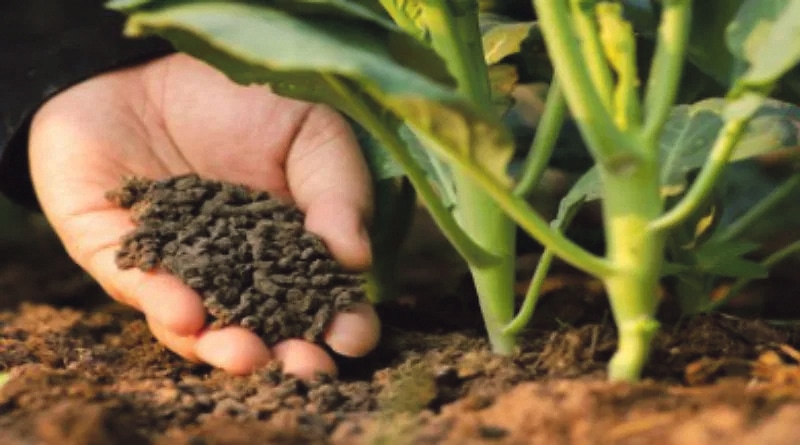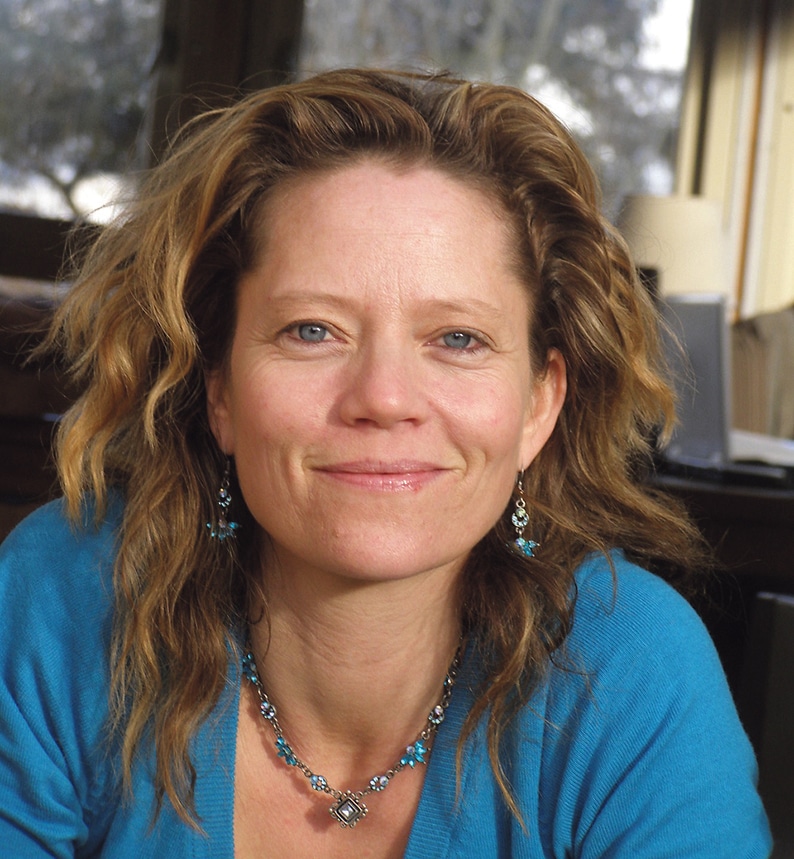
With so many products available for feeding your plants, it can be a bit daunting. Noah looks at the different options and which best might suit you and your plants needs.
Most plants create meals for themselves in the form of sugar. This process is called photosynthesis (‘photo’ meaning light and ‘synthesis’ meaning to make) in other words making food with light. When you provide fertiliser, you are adding tiny essential elements to the soil surrounding the roots, which are needed by plants but can’t be produced by them.
Fertilising a plant should be secondary to getting the very basics right first. For example before you even think about adding extra things to the soil you need to get the watering right and the plant needs sufficient light for its needs in order to produce an optimum level of photosynthesis. If your plant isn’t creating its own food to start with, then your plants won’t grow correctly no matter how much fertiliser you feed it.
Shop bought fertilisers contain an N-P-K formula consisting of N for nitrogen, P for phosphorous and K for potash. A good fertiliser will also contain trace elements, essential for plant growth.
Nitrogen (N) produces green leafy growth and foliage. Phosphorus (P) helps root and shoot growth. Potassium (K) is for flower, fruit and general hardiness.
The ratio of N-P-K varies and is recorded numerically by numbers relating to the weight of the added ingredients. The order of nitrogen, phosphorous and potassium (N-P-K) is always the same and the numbers can be on the front, side or back of a packet. Nitrogen, Phosphorus and Potassium are known as the three macro nutrients and are found in almost all packaged fertilisers, as they are needed in relatively large amounts.
Different fertilisers contain different ratios of the three major ingredients recorded as a series of a numbers. Five-10-Five is twice as rich in phosphorous as it in nitrogen and potassium, seven-seven-seven is an equal mixture of nitrogen, phosphorous and potassium, and four-seven-six refers to four of nitrogen, seven of phosphorous and six of potassium (or potash).
A balanced slow-release fertiliser will often have equal amounts of each and this mixture will feed a plant for several months without producing a noticeable surge of growth.
The following trace elements are also needed in lesser amounts and will help grow a strong healthy plant: Sulphur, calcium, magnesium, boron, cobalt, copper, iron, manganese, molybdenum and zinc.
Choosing your fertilisers liquid or solid?
Liquid feeds tend to be faster acting than solid feeds but need to be used more often, typically every 10 -14 days as the plants are flowering or fruiting.
Liquid feeds can be fed as a drench applied to the soil or as a spray on the leaves. Whichever way you choose to apply your feed, avoid adding more than the recommended dose, as this will do more harm than good.
If your soil is dry it is a good idea to use plain water before feeding, as plants will take up nutrients easily in a moist soil and root tips are unlikely to burn. If feeding food crops use an organic option such as Neudorff plant feed or any of Fruit Hill Farm’s excellent range of plant feeds.
I have found all acid-loving plants such as Azaleas, Camellias, Rhododendrons and Heathers respond really well to liquid-sequestered iron with added seaweed. Once added, it will prevent yellowing leaves and increase flower colouring. We try to add it every month through the growing season.
Other liquid feeds include Humisol from Fruit Hill Farm, which is created from earthworm castings and helps plants photosynthesise and improve overall plant health.
We also stock Fulvic bio, which is a natural soil conditioner that will restore and improve soil structure and increase the plant’s ability to take up nutrients from the soil.
Solid feeds are slower acting (slow release) and last longer than liquid feeds but can feed the plants for up to three months.
Many gardeners prefer to use solid feeds such as pellets and granules, as they’re easy to apply and are only needed a few times during the growing season.
Our most popular form of solid feeds is chicken pellets, with or without seaweed extract (which has many more trace elements). I recommend adding a generous fistful at the base of a freshly dug hole before planting. If the plant is already planted, the pellets can be applied around the base of the plant and will be slowly fed to the plants over the coming months.
Other popular solid feeds include:
Osmocote: These slow release pellets can feed plants for six-12 months and are very good for containers including pots and baskets. They are for ornamental plants only and are very concentrated (a small potted plant only needs a spoonful). Often used when potting on garden centre plants, these small pellets are sometimes confused for small eggs in the compost.
Potash: This quick-acting fertiliser helps to boost flowering and the ripening of fruit, as well as adding flavour. I often advise gardeners to add wood ash (not mixed with coal) from autumn to winter around the base of fruit trees and bushes to increase flowering in the spring, in turn fruit harvests in summer!
Bonemeal: This is high in phosphorus creating stronger roots, which then can take up more nutrients. Some gardeners have issues with animals digging up plants looking for the freshly applied Bonemeal. A good alternative for root development is rock phosphate, which I would always encourage when planting out most plants, especially bare root trees and shrubs.
Volcanic rock dust: High in Silica, this will strengthen the cell walls and in turn makes plants more resilient to stresses from pests and disease, as well as enabling them to uptake other nutrients better and also help improve the flavour of edible crops. Rock dust also contains many trace elements, including magnesium, calcium and iron.
Are packaged fertilisers enough on their own to grow a healthy plant?
The short answer is no because soil structure is also highly important and artificial powdered and pelleted products will not improve the structure of your soil.
Their efficiency relies on you having good soil structure with plenty of air gaps for root development and a healthy population of soil microbes. A good population of soil microbes will greatly increase the plant’s ability to take up available nutrients. Garden compost, well-rotted manure (either dug in or used as mulch that’s pulled down by worms) is also vital for your plants. It aerates the soil and adds nutrients.
For short lived annuals, regular liquid feeding with a feed high in Potassium (K) undoubtedly will help produce more flowers but will not help with your soil structure.
Another vital factor is soil PH. Lime is a soil amendment made from ground limestone rock, which naturally contains calcium and magnesium. When lime is added to soil, these nutrients work to increase the soil’s pH, making soil less acidic and more alkaline. Even though lime includes calcium and magnesium, which are essential nutrients for healthy plant growth, it’s not a substitute for fertiliser. Lime’s primary role is to alter soil pH and offset soil acidity, which will improve the availability of plant nutrients. Try to add lime before or after adding fertilizers, in the spring or autumn, as they are best not added at the same time. I plan to have a detailed look at soil PH in another article.
Hopefully the information above hasn’t confused you too much! The permaculture saying of ‘feed the soil, not the plant’ always helps me when trying to figure out why a plant is not growing as well as I think it should be. Call in to Deelish Garden Centre, Skibbereen if you have any questions regarding your plant health, as we stock a full range of natural, organic and eco-friendly fertilising products. And remember gardening doesn’t have to cost the earth!



